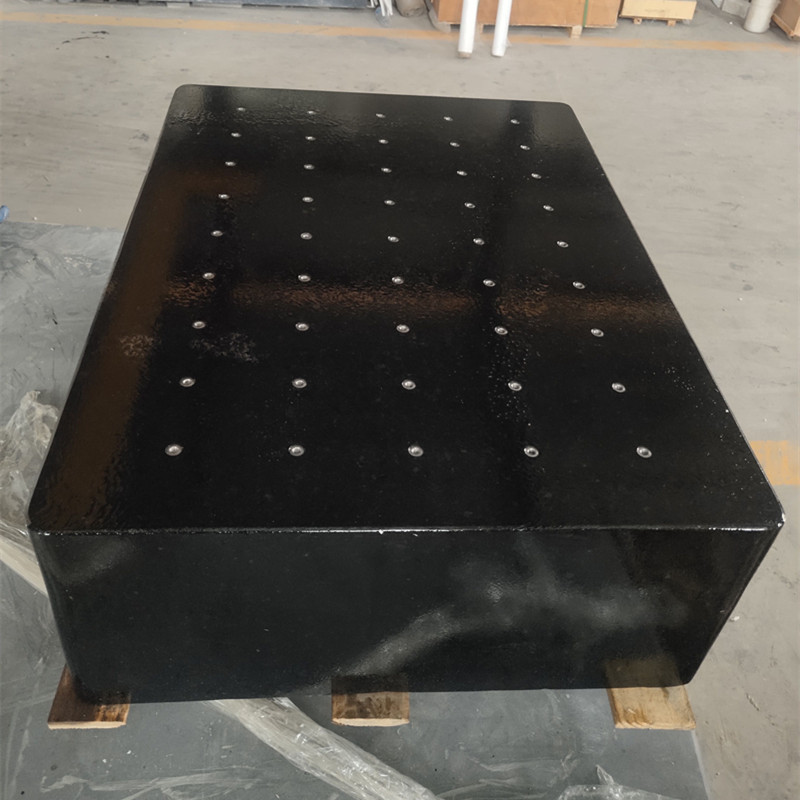Oct . 07, 2024 15:52 Back to list
level measurement tool
Level Measurement Tools An Overview of Technologies and Applications
Level measurement plays a critical role in various industries, from manufacturing and oil and gas to food and beverage production. Accurately gauging the level of liquids, slurries, or solids in tanks or other containers is essential not only for operational efficiency but also for ensuring safety, regulatory compliance, and product quality. This article explores the various technologies used in level measurement tools, their applications, and the benefits they bring to different sectors.
Types of Level Measurement Technologies
1. Ultrasonic Level Measurement Ultrasonic sensors use sound waves to determine the distance to a surface. The sensor emits an ultrasonic pulse, which travels through the air until it hits the liquid surface, then reflects back to the sensor. The time taken for the pulse to return is used to calculate the level. This method is non-contact, making it suitable for applications where corrosion or contamination is a concern.
2. Capacitance Level Measurement This technology relies on the change in capacitance caused by the presence of a material. The sensor consists of two conductive plates. When a dielectric medium, such as liquid or solid, enters the space between these plates, the capacitance changes. Capacitance level sensors are versatile and can measure various media, making them popular in chemical and food industries.
3. Radar Level Measurement Radar sensors utilize microwave radar waves to measure the distance to a material surface. Similar to ultrasonic systems, the sensor transmits a wave that reflects off the surface and returns. With advancements in time-of-flight technology, radar level measurement is able to operate accurately in high-pressure or high-temperature environments and is effective for both liquids and solids.
4. Hydrostatic Pressure Level Measurement This method measures the pressure exerted by a column of liquid. A pressure transducer is placed at the bottom of a tank to measure the hydrostatic pressure, which correlates to the liquid level based on the liquid density. This technique is widely used in wastewater management and water level monitoring.
level measurement tool

5. Float Level Measurement Float-level sensors employ a buoyant object (float) that rises and falls with the liquid level. Variations of this technology include mechanical floats and magnetic floats. They are simple, robust, and often used in storage tanks, especially in less demanding applications.
Applications Across Industries
Level measurement tools find applications in multiple sectors
- Oil and Gas Precise level measurement is crucial for storage tanks and pipelines to monitor product levels and prevent spills. - Water and Wastewater Treatment Accurate level monitoring ensures efficient management of treatment facilities and helps in meeting environmental regulations. - Food and Beverage Maintaining the appropriate levels of ingredients in processing tanks is vital for quality control and consistency. - Pharmaceuticals In highly regulated environments, precise level measurement contributes to compliance and safety in handling raw materials and products.
Conclusion
Level measurement tools are indispensable in modern industrial operations. With diverse technologies available, organizations can choose the right equipment tailored to their specific needs and environments. Accurate level measurement contributes to improved efficiency, reduced operational costs, and enhanced safety across various applications. As technology continues to advance, we can expect even greater accuracy, reliability, and ease of integration in level measurement solutions.
-
Welding Table Cast Iron Surface Finish GuideNewsJul.01,2025
-
Valve Types for Industrial ApplicationsNewsJul.01,2025
-
Types of Strainer for Industrial ApplicationsNewsJul.01,2025
-
Types of Bore Gauge for Precision MachiningNewsJul.01,2025
-
Safety Standards in Welding Fabrication Table Manufacturing ProcessesNewsJun.30,2025
-
Impact of Temperature Fluctuations on Ring Gauge AccuracyNewsJun.30,2025
Related PRODUCTS









